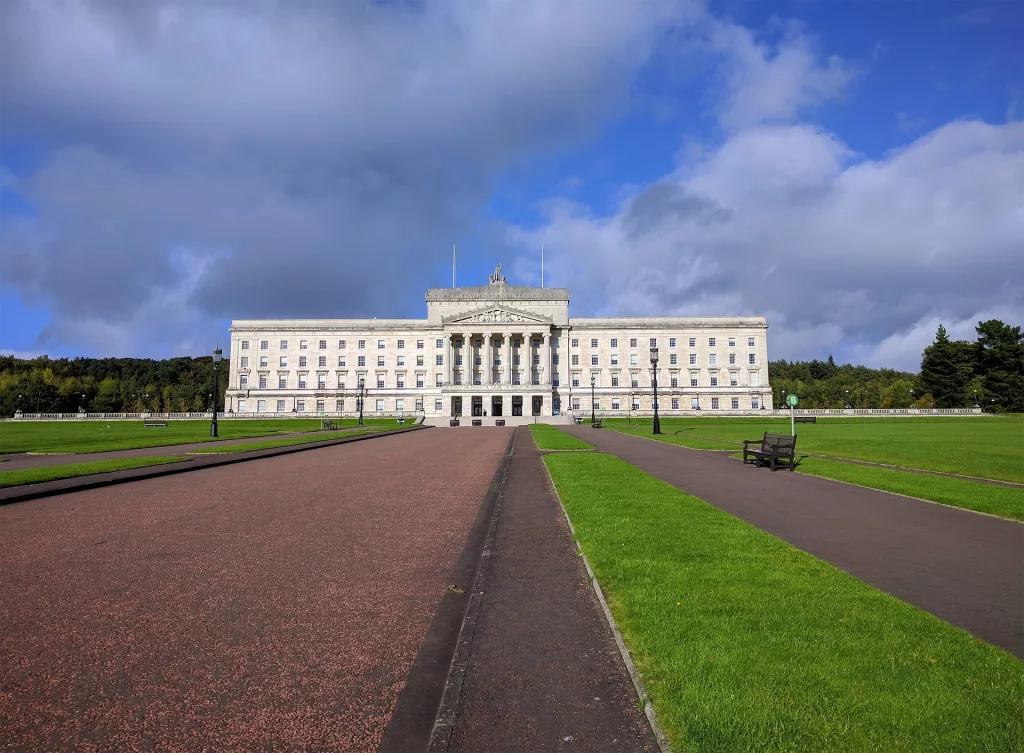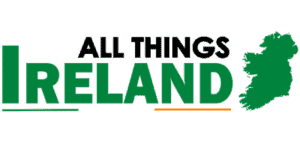
The Troubles in North of Ireland, also known as “The Conflict”, is a period in the late 20th century that was named after the violent civil unrest that occurred in the region between 1968 and 1998. During this intense political and sectarian conflict, both sides of the religious divide battled in a bloody and protracted conflict.
The troubles revolved around the persecution and discrimination faced by the Catholic minority in the area by the Protestant majority. This was a result of the historic religious and sectarian divisions which had existed in the region since before the 16th century. The British government, who claimed territorial authority over the region since the 18th century, facilitated a protestant-dominated government in the region. This caused the area to be overwhelmingly controlled by the protestant majority in government and in everyday life.
The circumstances of the troubles can also be traced to the rise of two key political organizations: Republicanism and Unionism. Unionists were constituted of protestants, who wished to remain a part of the United Kingdom, and Republicans who were mainly Catholic and sought to break away from British rule. This difference in opinion between the political organizations contributed to the civil unrest.
The Troubles saw a rise in paramilitary groups who used extreme violence as part of a campaign to protest oppression and injustice. These groups escalated tensions by carrying out terrorist attacks, assassinations and bombings which claimed over 3000 lives from both sides of the sectarian divide. The violence of the Troubles began to decline when both sides agreed to the Good Friday Agreement in 1998. This agreement committed them to establish a mode of co-existence between the two sides and to address the underlying grievances that had caused the violence.
The Troubles was a deeply tragic episode in history which saw horrific and senseless acts of violence that left a deep scar in the history and people of the region. It is important to remember in order to promote mutual understanding and harmony in the region.
When Did The Troubles Start

The roots of the Troubles can be traced back to the Partition of Ireland in 1921, which created Northern Ireland as a separate entity within the United Kingdom. This partition resulted in a large number of Northern Irish Catholics being under the jurisdiction of the British government.
Throughout the 1960s and 1970s, the nationalist community in the region felt increasingly marginalized and discriminated against by the Unionist-dominated Northern Irish government, with the rise of the civil rights movement placing further political pressure on the Northern Irish government to reform the region’s constitutional status. The Unionists responded to these demands for reform with a heavy-handed security response, which only served to further radicalize the nationalist community.
The Troubles can be said to have officially begun in the late 1960s, when loyalist and republican paramilitary groups began to carry out operations with the intention of achieving either a unified Ireland or an independent Northern Ireland, depending on the group. Over time, the number of armed confrontations between Catholics and Protestants increased, leading to a greater sense of communal polarization and resentment. The coming of the ‘Troubles’ is therefore officially considered to have occurred between the late 1960s and early 1970s, although the underlying causes can be traced back to the partition of Ireland in 1921.
In order to address the Troubles and reduce violence in the region, the British and Irish governments signed the Good Friday Agreement in 1998, leading to a ceasefire which was accepted by the major armed paramilitary groups and the two governments. As part of the agreement, the British and Irish governments undertook to address the underlying causes of the conflict in Northern Ireland and to ensure that all sides had a say in the future of the region.
What Terrorist Groups Were Involved In The Troubles

There were a number of terrorist groups involved in the conflict. In general, these groups can be divided into two categories based on the political motivations of each side. On one side were the mostly Catholic, Irish nationalist groups like the Provisional Irish Republican Army (IRA). On the other side were the largely Protestant, unionist/loyalist organisations such as the Ulster Volunteer Force (UVF). Both sides used violence and terror tactics in pursuit of their political ideals, resulting in immense bloodshed and destruction.
The Provisional IRA was formed in 1969, following the split of the original IRA. The Provisional IRA aimed to end British rule in Northern Ireland and unify it with the Republic of Ireland. The group was committed to the nationalist cause and viewed violence as a necessary tool for achieving their objectives. During the Troubles, the Provisional IRA was responsible for a number of terrorist attacks including bombings, kidnappings, shootouts and assassinations. The group often used car bombs, which it gained access to through a variety of smuggling and purchasing operations from mainland Europe.
The second major terrorist group involved in the Troubles was the Ulster Volunteer Force (UVF). The UVF was established in 1966 as a unionist paramilitary group opposed to the nationalist aspirations of the IRA and Violence seemed to be the foremost tactic employed by the UVF. The group was responsible for a number of terrorist attacks such as bombings, shootings and executions. The UVF also had a history of intimidation and harassment of the local Catholic population.
In addition to the IRA and the UVF, there were many smaller militant republican and loyalist paramilitary groups active during the Troubles. These included the Irish National Liberation Army (INLA), the Official IRA (OIRA) and the Ulster Defence Association (UDA). While these groups did not have the same level of influence as the IRA and UVF, they still contributed to the violence and destruction that occurred during the Troubles.
Who Helped To Solve The Troubles

The peace agreement in Northern Ireland was the culmination of diplomatic efforts from Britain, Northern Ireland, The Republic of Ireland, and the United States. Among the contributing forces of the peace process, Gerry Adams of Sinn Fein and Martin Mc Guinness Sinn Fein put in a huge effort and so did John Major, the Prime Minister of the United Kingdom, who was one of the main advocates for the negotiations. Major, who had responsibility for making decisions regarding Northern Ireland, encouraged talks between all parties involved. He was instrumental in representing the interests of the British government while also understanding the needs and desires of the citizens of Northern Ireland.
The Republic of Ireland, whose interests had been entwined with those of the United Kingdom since the Irish War of Independence, aided the efforts of the peace process by playing a significant role in the development and implementation of the Good Friday Agreement. This was ratified in 1998 and signalled the end of the decades-long struggle for a peaceful solution in Northern Ireland. Former Prime Minister Bertie Ahern proposed unprecedented compromises between nationalist and unionist factions, calling for reunification and cooperation instead of continued sectarian divides. Ahern’s efforts to bridge the gaps between the two sides.
The United States provided another crucial link, with President Bill Clinton playing a major role in the peace process. After having mediated the Northern Irish peace agreement, Clinton visited Belfast and expressed his support for the cause. This helped to create goodwill between the two sides and to demonstrate the willingness of the US to assist in the resolution. Additionally, the US had a keen interest in the matter due to its extensive Irish diaspora and had been advocating for a solution for some years.
These parties, and countless other individuals, have all been instrumental in helping to solve the troubles in Northern Ireland. While a full resolution to the conflicts cannot be said to have been found, steps have been made towards reconciliation and it is very much down to the collective efforts of everyone involved. Their courage and tireless commitment has facilitated a peace process that has had great success in creating peace and stability for the people of Northern Ireland.
Check out some more of my articles below
Recent Posts
Unraveling the Enigma: Exploring the History and Symbolism of Celtic Knots
The Origins of Celtic KnotsThe intricate artistry of Celtic knots holds a rich history that dates back centuries to the Celtic tribes of ancient times. These ancient peoples, with their strong...
Researching Budget-Friendly Accommodation OptionsWhen planning a budget-friendly trip, one of the key aspects to consider is finding affordable accommodation. Start your search by exploring options...
